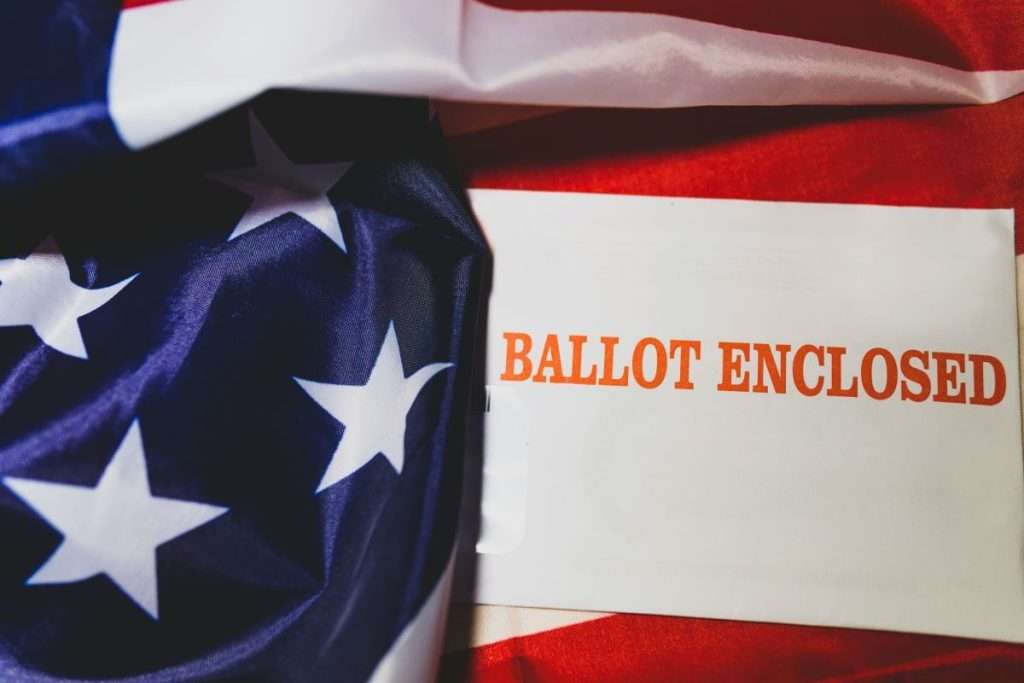In the upcoming election, the candidates’ approaches to revitalizing U.S. manufacturing reveal stark contrasts in their economic strategies. Former President Donald Trump emphasizes a tariff-centric plan designed to attract foreign investment and boost domestic job creation, while Vice President Kamala Harris advocates for a focus on clean energy and advanced technology to drive sustainable economic growth. This article examines their respective proposals and the implications for the future of American manufacturing.
Former President Donald Trump, the Republican nominee, has centered his strategy for reinvigorating U.S. manufacturing on tariff hikes and corporate tax cuts, as outlined in a recent speech in Savannah, Georgia. He aims to create an American manufacturing “renaissance” by driving foreign companies to establish factories in the United States, thereby generating millions of jobs. Trump plans to reduce the corporate tax rate for domestic manufacturers from 21% to 15% and ease regulatory burdens for companies seeking to build new factories and extract critical minerals. In addition, he has pledged to create a “manufacturing ambassador” dedicated to persuading foreign manufacturers to build their plants in the U.S. Trump also proposes expanding research and development tax credits, allowing manufacturers to write off the cost of heavy machinery and other equipment within the first year. In a more aggressive move, he has threatened to impose a 100% tariff on all cars imported from Mexico unless they establish manufacturing plants within the U.S.
Meanwhile, Vice President Kamala Harris, the Democratic nominee, has outlined a contrasting “pragmatic” approach aimed at growing the U.S. economy, focusing primarily on clean energy and advanced technology manufacturing. In her speech in Pittsburgh, Harris promised significant investment in biomanufacturing and aerospace, while ensuring the U.S. remains dominant in fields like artificial intelligence, quantum computing, and blockchain. She also aims to expand clean energy production, emphasizing a shift toward sustainability. Harris has pledged to expand tax credits for companies that create unionized jobs and offer financial support for retooling existing factories to boost competitiveness. Additionally, she aims to double the number of registered apprenticeships by the end of her first term and eliminate degree requirements for federal jobs. In a stance similar to Trump’s, Harris also promised to remove regulatory barriers that hinder the construction of new factories, including addressing permitting reform.
In summary, Trump’s strategy for U.S. manufacturing relies heavily on tariff hikes and tax cuts to attract foreign manufacturers to the United States and boost job creation. In contrast, Harris focuses on clean energy and advanced technology, seeking to grow the economy through innovation and sustainable practices. These divergent approaches illustrate the different paths each candidate envisions for revitalizing U.S. manufacturing and driving economic growth.





